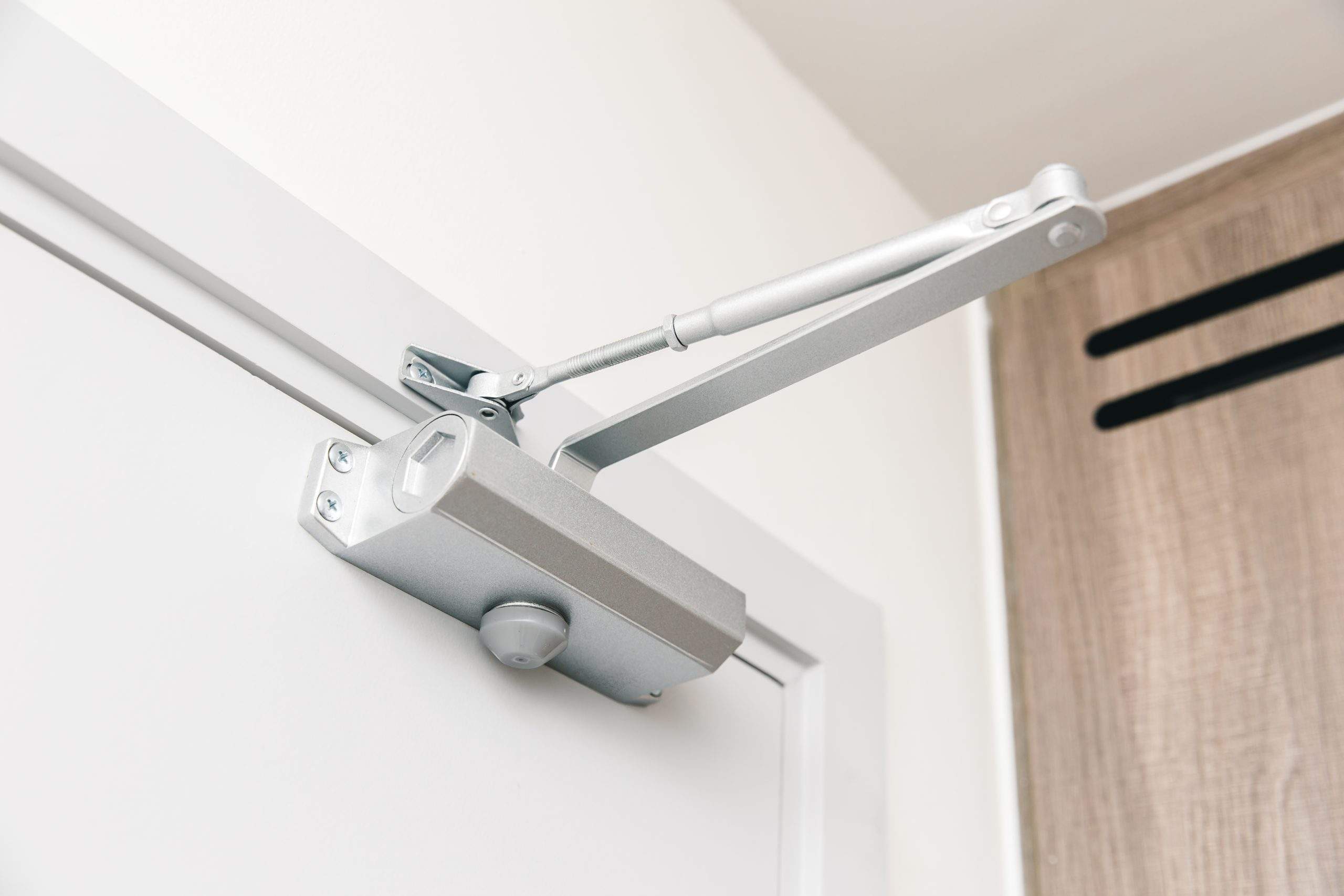
Your door plays a crucial role in creating the first impression for anyone entering your space. However, a misbehaving door can be a nuisance, whether it's slamming shut too quickly or moving at a snail's pace. Fear not! Adjusting your standard door closer can be a straightforward task with the right tools and a little guidance.
Before diving into the adjustment process, it's essential to grasp the basics of a door closer. These devices, whether mechanical (hydraulic) or electromagnetic, are attached to the top of the door to regulate its movement. On standard closers, three hydraulic valves collaborate to ensure a smooth door operation:
If adjustment valves are not visible, remove the cover. Loosen fasteners and slide it off or, if tension-held, simply pull it off to reveal the adjustment valves.
Turn all three hydraulic valves clockwise until they stop, ensuring they are fully closed.
Make 1.25-1.5 turns counterclockwise on the backcheck valve. Open the door to ensure it comes to a steady, controlled stop, preventing slamming or catching from wind.
Make 1.5-2 turns counterclockwise on the sweep valve to adjust the closing speed. Clockwise turns slow down the closing speed.
Make 1.5-2 turns counterclockwise on the latching speed valve. The correct latch speed depends on the door's location (e.g., increase for outside doors, decrease for office doors).
Open and close the door several times to test adjustments. Make small tweaks as needed. Remember, even a tiny adjustment can make a significant difference. Clockwise decreases speed; counterclockwise increases it.
Consider important requirements such as ADA compliance, fire door regulations, and life safety standards when choosing a door closer. Our experts can assist you in selecting the best option for your specific needs.
Discover a variety of door closers in our product and service lineup, including:
Ensure your door not only looks welcoming but also operates seamlessly with the right door closer adjustments. If you encounter issues beyond adjustment, such as oil leakage, it's time to replace the door closer. Contact CDF Distributors to explore our extensive selection for your door closer needs.